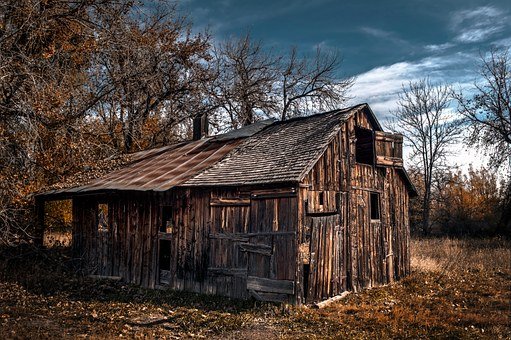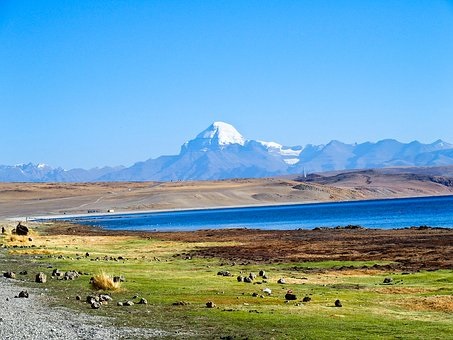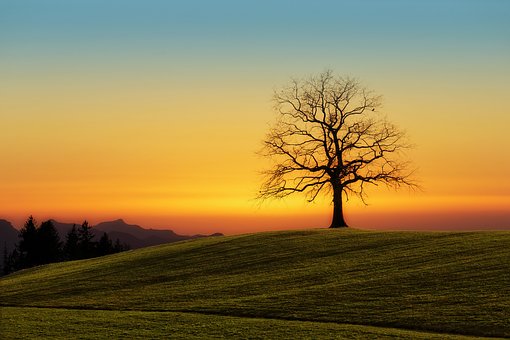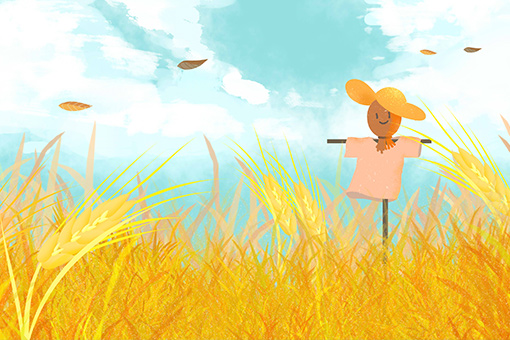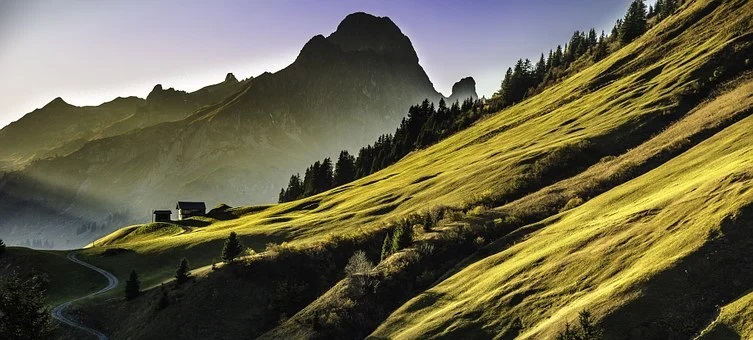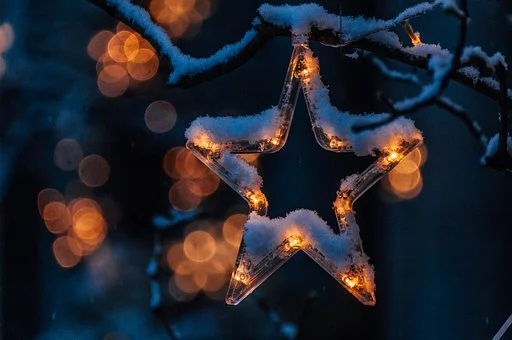Our revered master H. H. Jigme Phuntsok Rinpoche chose to go to Amitabha's pure land. Naturally, as followers, we should do likewise. If Pure Land practice has been undertaken on a regular basis, we will know what direction to take when facing death; without any preparation in advance when alive, we are likely to panic and not know what course to follow at the moment of death. Therefore, we should never underestimate the importance of both the practice and the pith instruction in end-of-life teachings.the
~Depicted from THE HANDBOOK FOR LIFE'S JOURNEY - On Death And Rebirth-Key Points for Practicing Bodhicitta on Deathbed


